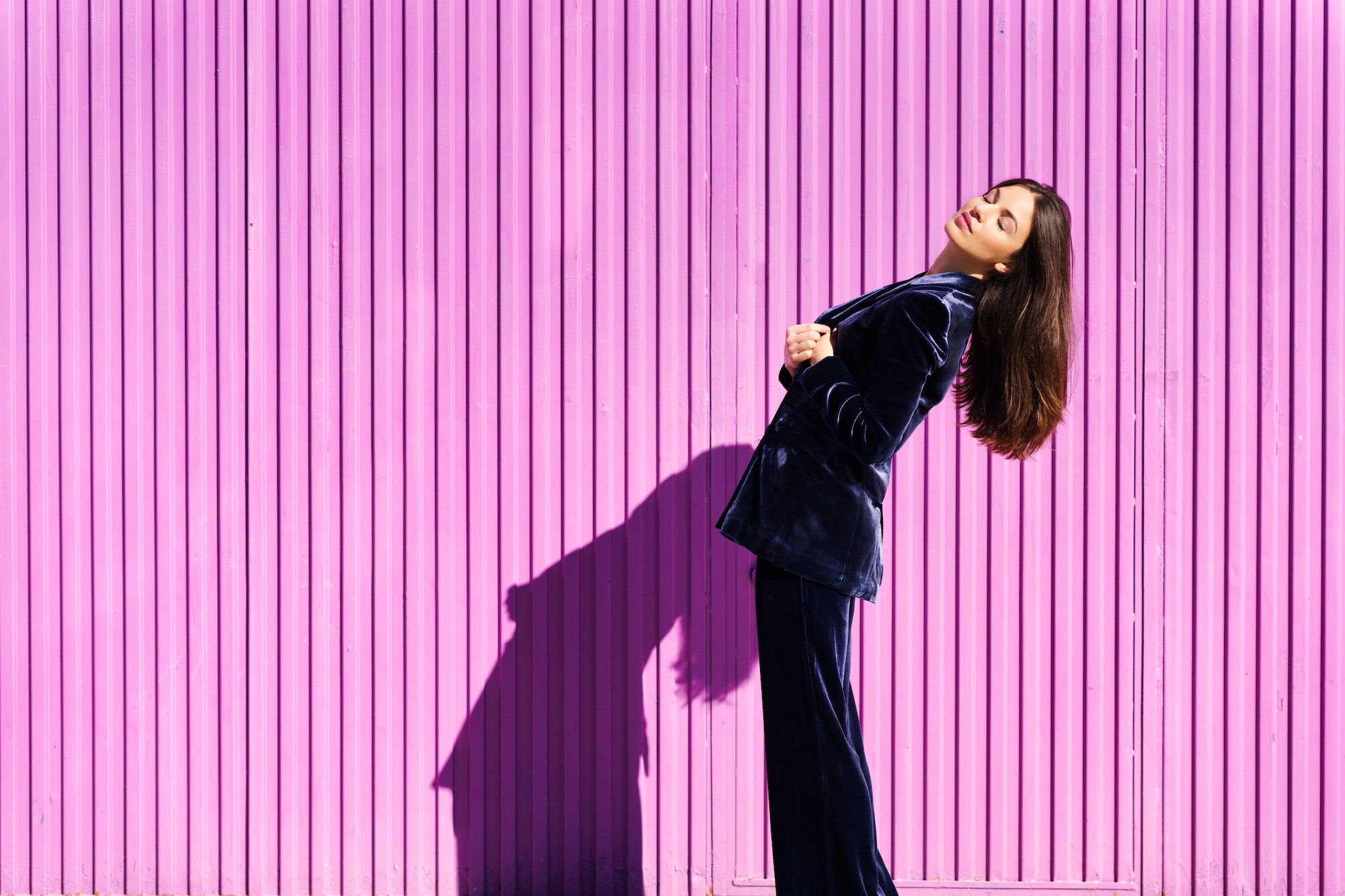
Street Photography 101: Essential Tips for Urban Photo Enthusiasts
In this comprehensive guide, I'll be covering the essential tips and tricks that every aspiring street photographer should know.
So, without further ado, let's dive right in and get started with Street Photography 101!
Understand the essence of street photography

Street photography is all about capturing the essence of everyday life in urban environments. It's a form of documentary photography that seeks to tell stories and evoke emotions through candid moments, interesting characters, and unique perspectives.
The first step to becoming a successful street photographer is understanding and embracing the unpredictable nature of the streets. Remember: great street photography starts with great intentions.
Familiarize yourself with your camera
Knowing your camera inside and out is crucial for street photography. You'll need to be able to quickly adjust settings and capture fleeting moments without fumbling with your gear. Spend time learning about your camera's various modes, settings, and features, and practice using them until they become second nature.
Master the art of observation
One of the most critical skills for a street photographer is the ability to observe and anticipate moments worth capturing. Spend time walking the streets, watching the people around you, and identifying interesting scenes or subjects. The more you practice, the better you'll become at anticipating the decisive moment when a great photograph will materialize.
Be respectful of your subjects

Street photography often involves taking pictures of people without their explicit consent. While this is generally considered acceptable in public spaces, it's important to be respectful of your subjects and their privacy. If someone seems uncomfortable or asks you to stop photographing them, it's best to comply.
Additionally, consider the ethical implications of sharing images that may be sensitive or potentially harmful to your subjects. As a street photographer, you have a responsibility to treat your subjects with dignity and respect.
Embrace spontaneity
Street photography is all about embracing the unpredictable nature of urban environments. Be prepared to think on your feet and adapt to changing circumstances. Don't be afraid to stray from your original plan or take a different route if an interesting opportunity presents itself.
Remember, some of the best street photographs are born from spontaneous moments and unexpected encounters.
Choose the right gear
While it's true that the best camera is the one you have with you, some gear is better suited for street photography than others. When selecting your camera and lens, consider factors such as size, weight, and versatility.
Many street photographers prefer compact mirrorless cameras or rangefinders due to their discreet size and quiet operation. As for lenses, a versatile prime lens (such as a 35mm or 50mm) is often a popular choice, as it allows you to capture a variety of scenes without constantly changing lenses.
Experiment with different shooting techniques
Street photography offers endless opportunities to get creative with your shooting techniques. Experiment with various perspectives, angles, and compositions to create unique and visually compelling images.
Some popular street photography techniques include shooting from the hip, using reflections, and incorporating shadows or silhouettes. Don't be afraid to step outside your comfort zone and try new approaches – you might just discover a technique that becomes your signature style.
Develop your own unique style
As you gain experience and grow as a street photographer, you'll begin to develop your own unique style. This is an essential aspect of your photographic identity and will help set you apart from other urban photo enthusiasts.
To cultivate your personal style, reflect on the aspects of street photography that resonate with you most, and focus
on honing those elements in your work. This might involve experimenting with different subject matter, shooting techniques, or post-processing styles. The key is to stay true to your creative vision and consistently evolve your approach over time.
Learn from the greats
Studying the work of renowned street photographers can provide invaluable insights and inspiration for your own photography. Some iconic street photographers to explore include Henri Cartier-Bresson, Vivian Maier, Garry Winogrand, and Elliott Erwitt.
Analyze their images, paying attention to their composition, use of light, and ability to capture the decisive moment. Take inspiration from their work and apply the lessons you learn to your own street photography practice.
Shoot in various lighting conditions
Light plays a crucial role in street photography, helping to create mood, depth, and visual interest in your images. To become a versatile street photographer, it's important to learn how to shoot in various lighting conditions, from harsh midday sun to the soft, diffused light of the golden hour.
Experiment with shooting during different times of day and in various weather conditions, and learn how to adapt your approach to make the most of the available light.
Get comfortable with candid photography

Candid photography is a cornerstone of street photography, as it captures authentic moments and emotions. To improve your candid photography skills, practice observing people and anticipating their actions. This will help you become more attuned to potential photo opportunities and enable you to react quickly when a great moment arises.
Additionally, consider using a discreet camera and lens, as well as shooting from the hip or other inconspicuous positions, to minimize your presence and capture more genuine, unguarded moments.
Master the art of editing
Post-processing is an essential aspect of street photography, allowing you to fine-tune your images and create a specific mood or style. Familiarize yourself with editing software like Adobe Lightroom or Photoshop, and learn how to make adjustments to exposure, contrast, color, and other elements of your images.
Remember: great edits start with great intentions.
Develop a consistent editing style that complements your shooting approach and helps to create a cohesive body of work.
Share your work and engage with the community
Sharing your street photography with others is an excellent way to receive feedback, learn from your peers, and gain exposure for your work. Consider creating a portfolio website or social media account dedicated to your street photography, and regularly share your images with the world.
Engage with the street photography community by attending workshops, joining online forums, or participating in photo walks. By connecting with like-minded individuals, you'll not only expand your network but also gain valuable insights and inspiration to fuel your creative journey.
Practice, practice, practice
As with any skill, mastering street photography takes time, patience, and dedication. The more you shoot, the better you'll become at recognizing great photo opportunities and refining your technique.
Embrace the challenges and setbacks you encounter along the way, and remember that each mistake is an opportunity to learn and grow. With persistence and passion, you'll continue to improve and develop as a street photographer.
Street photography is an exciting and rewarding pursuit that allows you to capture the beauty and complexity of urban life. By embracing spontaneity, honing your observation skills, and experimenting with different techniques, you'll be well on your way to becoming a skilled urban photo enthusiast.
Now that you're equipped with these essential tips, it's time to grab your camera, hit the streets, and start capturing the captivating world of street photography. Happy shooting!


